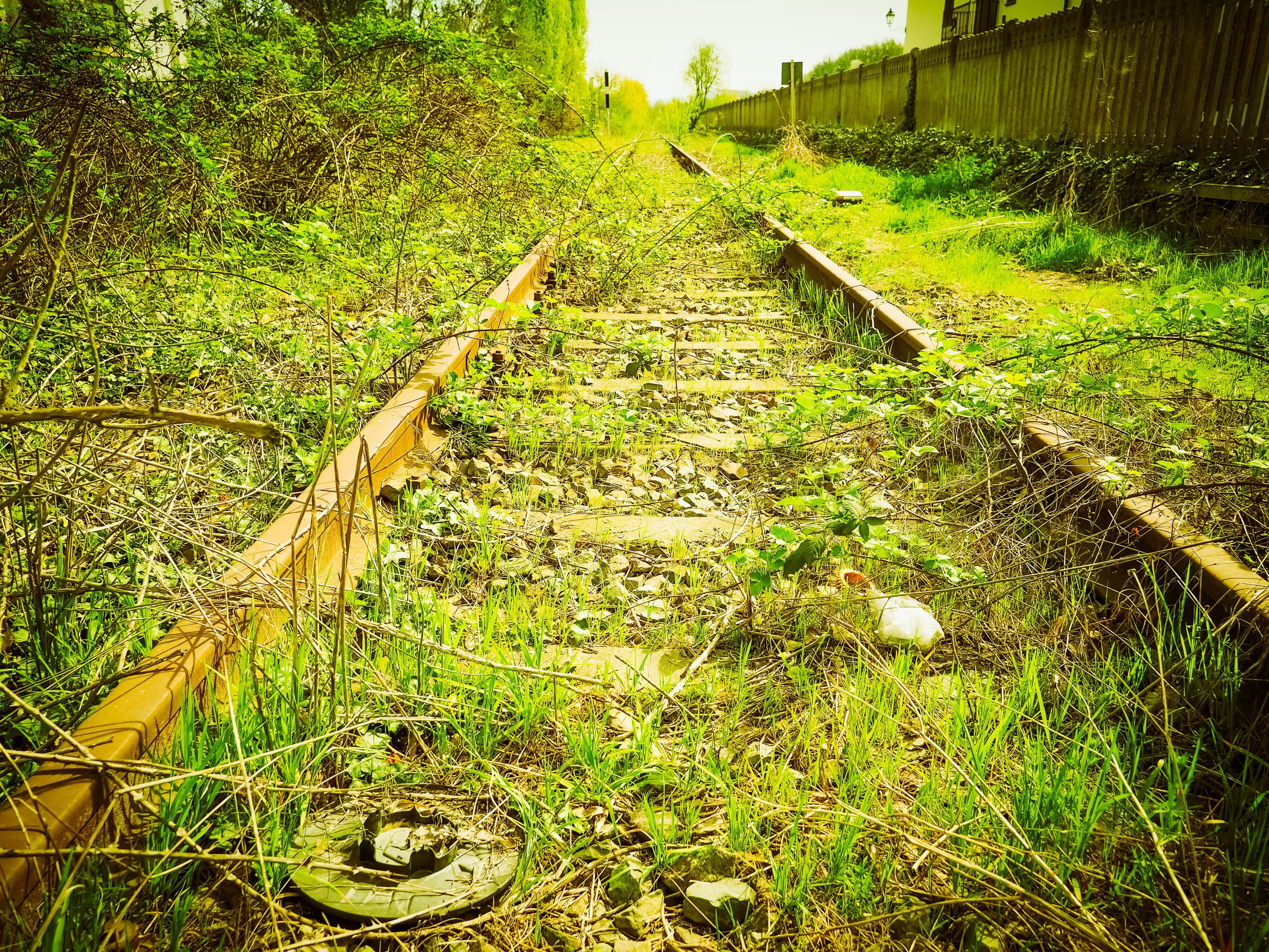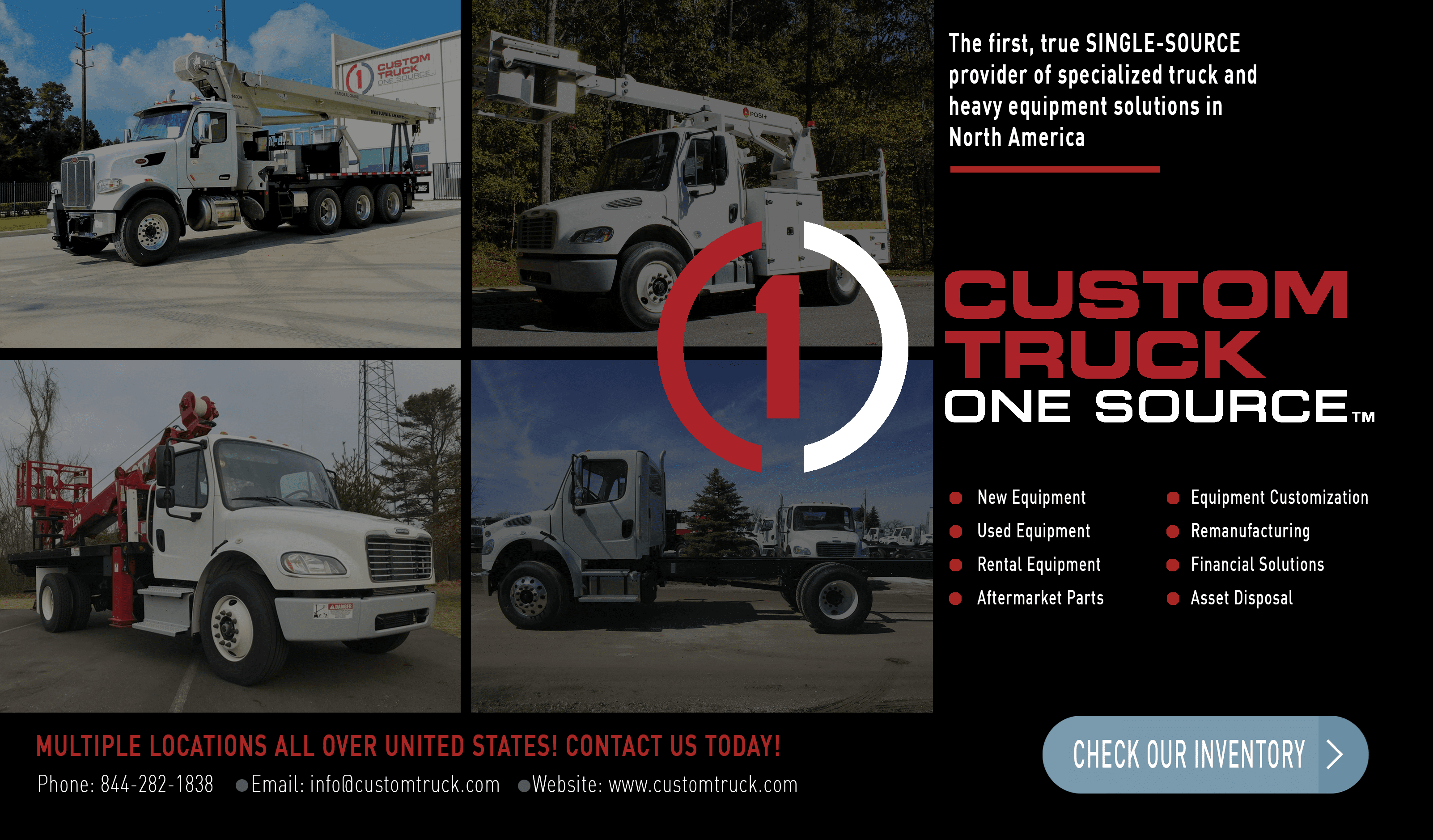
As daily commuters or long-distance passengers, most of us take railroads completely for granted. When we look out the window of a moving train and watch the pushed-back vegetation pass by, we rarely wonder how the trees, weeds, grass and shrubbery are not encroaching on the rail tracks and making travel impossible over hundreds and thousands of miles of open country.
Truth is, railroad vegetation management is a massive enterprise. And even if we’re not aware of it, the railroads are being monitored and serviced continually to fight Mother Nature and win the battle for Maintenance of Way (MoW) every single day!
The purpose of railroad vegetation management is to protect people and infrastructure, as well as preserve a happy balance with the environment and surrounding natural resources. Uncontrolled vegetation can harm railroad tracks, damage railroad equipment, cause scheduling delays and endanger people who come in contact with them at crossings and other places. It can disrupt drainage pathways, cause wheel slippage, accidents and fire hazards.
Two ways this mammoth task of railroad vegetation management is accomplished is by:
Brush Control
The principle aim of Brush Control programs is to clear communication and signal lines of branches and foliage, maintain visibility around signs, signals, switches and crossings, keep trains from hitting overhanging vegetations and encourage the growth of low-growing grass.
Large trees, small bushes and invasive weeds are removed, while every effort is made to leave a natural background of vegetation wherever possible. Tall trees whose height is greater than their distance from the track are cut down. Vegetation with high leaf fall is also cleared because the pile-up of fallen leaves reduce grip on the tracks, which slow down trains and cause delays.
Vegetation is pushed back to a distance of at least 20 feet on either side of the tracks so they don’t interfere with electrification masts and wires.
Weed-control services are carried out using specialized hi-rail vehicles and spray trucks. Contractors spray a pre-emergent herbicide on and around the tracks during early Spring to discourage weed growth, and then use a post-emergent herbicide to eradicate those weeds that weren’t killed off by the pre-emergent application.
Using mechanical brush cutting alone stimulates re-growth, so stumps and stubble are treated when they’re cut, to prevent suckering and re-sprouting.
For winter weather maintenance, “daylighting” is created by cutting taller vegetation and letting the extra availability of sunlight help with thawing and ice control. In areas that receive heavy snow, vegetation-clear zones are created for ease of snow pile storage.
In various locations, log piles are created to offer natural habitats for insects and animals who may have been dislocated during Brush Control operations.
Cross Clearing
The goal of crossing clearing programs is to suppress or eliminate tall vegetation that block the vision of vehicle drivers or pedestrians at crossings while allowing the growth of desirable, low-growing grasses that prevent erosion and also discourage unwanted, tall-growing species from flourishing.
Cutting of large trees by certified arborists help to ensure that train crews can clearly see railway signals and reduce the likelihood of trees and limbs falling on neighboring property during storms and other natural events.
New fencing may be installed in certain areas to reduce trespassing on the tracks and improve safety.
Railroads are mostly built on soil, rocks and stones that support plant life in varying degrees. The railroad ballast prism, which consists of rock over soil, is an inviting target for light-loving plants that, if left undisturbed, will regenerate themselves by root expansion, seeds or ground layering. These stubborn plants will then convert relatively sterile ballast to soil through decomposition of organic matter and breakdown of ballast rock, providing a growing site for a complex plant community.
And just like the way vegetation takes over old, abandoned buildings, it will spread across railway tracks and make swathes of railroad impossible to negotiate for hundred of miles without active and continuous vegetation control throughout the year.
Railroad vegetation management isn’t a glamorous topic of discussion outside concerned industries, but without this crucial service, railroads in the US and all over the world could come to a complete standstill and throw life as we know it into complete chaos.
Need vegetation control or other Railroad management equipment?
Call or Email us!
Custom Truck One Source is the first true single-source provider of specialized truck and heavy equipment solutions for railroad maintenance.
Hi-rail trucks & equipment offered:
- Spray Truck
- Rail Car Mover
- Pick Ups
- Track Inspector
- Section Trucks
- Digger Derrick
- Hydraulic Excavator
- Material Handler
- Mechanic’s Truck (hi-rail optional)
- Rotary Dump Truck
- Signal Maintainer
- Supervisor SUV
With sales, rentals, aftermarket parts and service, equipment customization, remanufacturing, financing solutions, and asset disposal, our team of experts, vast equipment breadth and integrated network of locations across North America offer superior service and unmatched efficiency for our customers.




